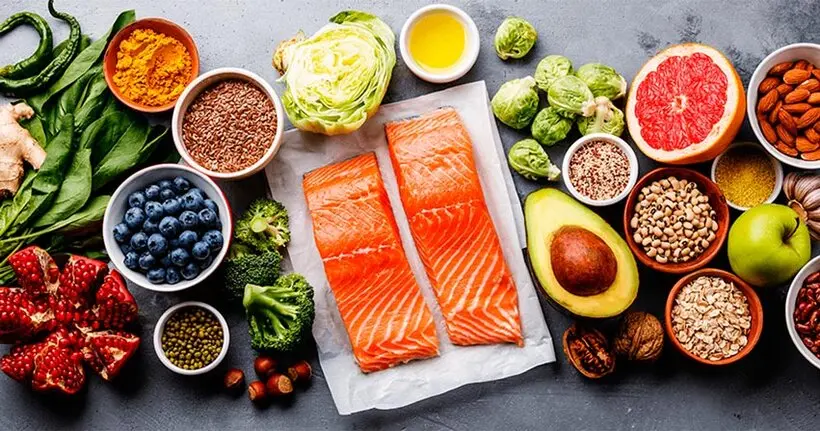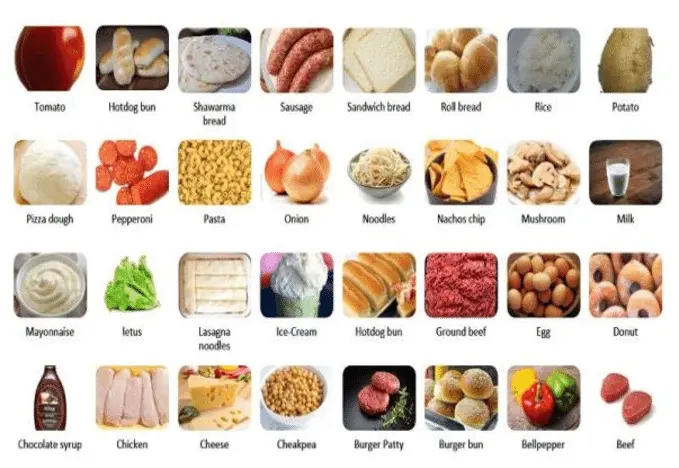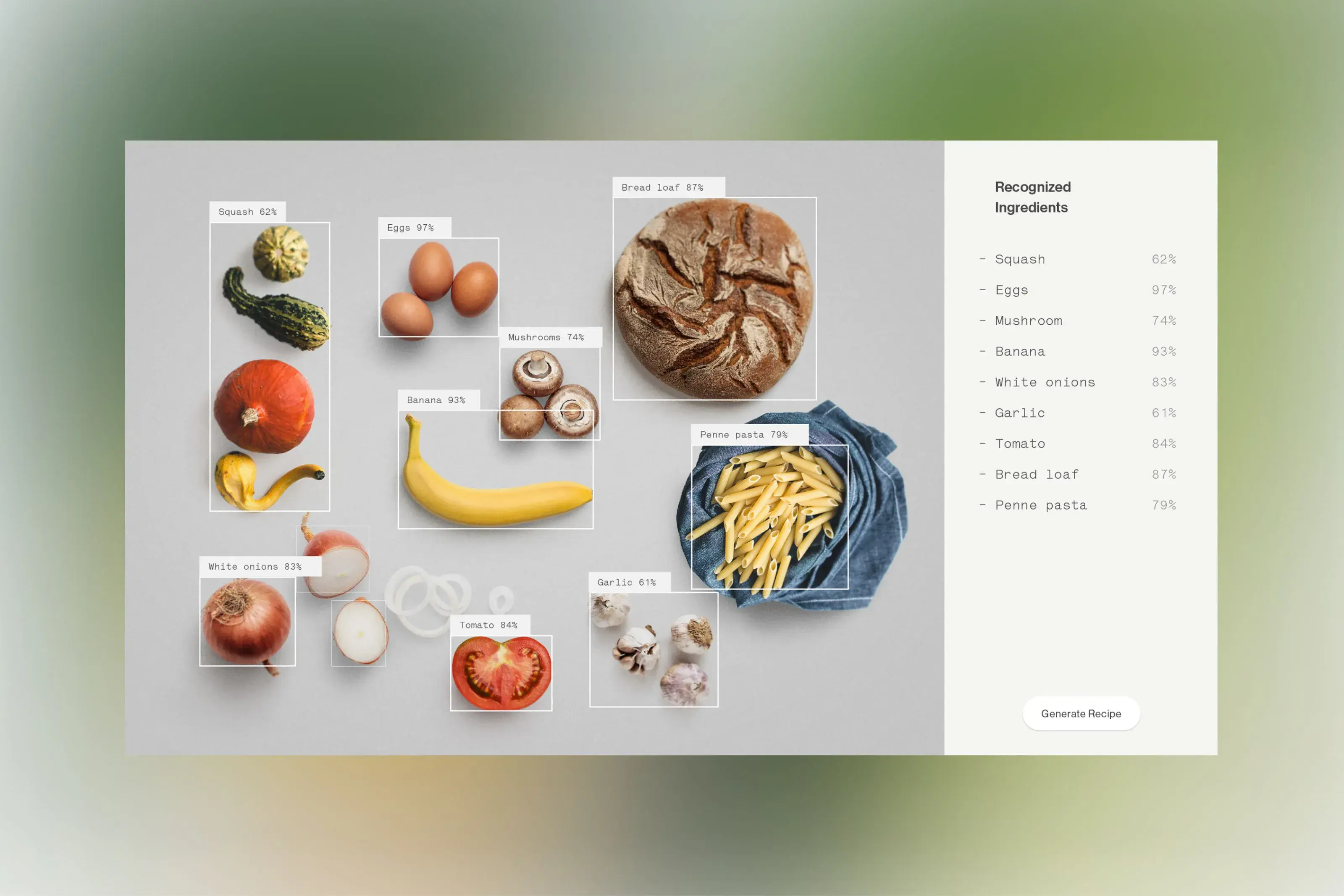Food Recommendation Models Using Deep Learning

Introduction
In the age of information overload, finding the perfect recipe can sometimes feel like searching for a needle in a haystack. With countless cooking websites, blogs, and cookbooks available, it can be overwhelming to go through all the options to find a recipe that suits your taste preferences and dietary restrictions.
However, advancements in artificial intelligence, particularly deep learning, are revolutionizing the way we discover and interact with food recipes.
Understanding Deep Learning
Deep learning is a subset of machine learning that focuses on training artificial neural networks to perform tasks by learning from large amounts of data. These neural networks consist of interconnected layers of nodes that process input data and progressively learn to recognize patterns and make predictions.
One of the key advantages of deep learning is its ability to automatically extract meaningful features from raw data, making it particularly well-suited for tasks such as image recognition, natural language processing, and, as we'll explore in this post, recipe recommendation based on ingredient detection.
Convolutional Neural Networks (CNNs), a type of deep learning architecture, have proven particularly effective for tasks such as image classification, object detection, and image segmentation.
CNNs work by processing images through multiple layers of convolutional and pooling operations, gradually extracting hierarchical features that capture the spatial relationships between pixels.
Backpropagation allows these networks learn to recognize patterns and objects in images, making them ideal for analyzing and interpreting food ingredient images.
Implementing a Model

To build a system for recommending food recipes based on detected ingredients, we'll need to follow a multi-step pipeline:
Data Collection and Preprocessing
Acquire a large dataset of ingredient images with corresponding labels denoting the ingredients present in each image.
Preprocess the images by resizing them to a uniform size, applying normalization to ensure consistent lighting and color, and augmenting the dataset to increase diversity and robustness.
Model Selection and Training
Choose a pre-trained convolutional neural network (CNN) architecture such as ResNet, Inception, or EfficientNet as the base model.
Fine-tune the selected CNN on the dataset of ingredient images using transfer learning, adjusting the model's weights to adapt to the specific task of ingredient recognition.
Utilize techniques such as dropout regularization and batch normalization to prevent over-fitting and improve generalization performance.
Feature Extraction
Extract high-level features from the last convolutional layer of the trained CNN, capturing semantic information about the presence and arrangement of different ingredients in the images.
Optionally, we can also use techniques such as principal component analysis (PCA) or t-distributed stochastic neighbor embedding (t-SNE) to further reduce the dimensionality of the extracted features while preserving their discriminative power.
Recipe Representation and Matching
Encode each recipe in the database into a vector representation, either through methods like bag-of-words or using embeddings trained specifically for recipe text.
Calculate the similarity between the feature vector of the input ingredient image and the vector representations of recipes in the database, using metrics such as cosine similarity or Euclidean distance.
Rank the recipes based on their similarity scores and filter the results to provide a set of top-k recommendations to the user.
Evaluation and Optimization
Assess the performance of the recommendation system using evaluation metrics such as precision, recall, and F1-score, measured against a held-out validation set or through user studies.
Fine-tune hyperparameters such as learning rate, batch size, and optimization algorithm using techniques like grid search or Bayesian optimization to optimize the model's performance.
Continuously monitor and update the recommendation system based on user feedback and changing data distributions to ensure its effectiveness and relevance over time.
By following this pipeline, we can construct a robust and efficient system for recommending recipes based on ingredient images, using the power of deep learning and computer vision to enhance the culinary experience for users.
Advantages of Ingredient Image-Based Recipe Recommendations

Real-Time Suggestions
Instantaneous processing of ingredient images enables on-the-fly recipe recommendations, allowing users to make informed cooking decisions in real-time.
Adaptability
The system can adapt to changing ingredient availability, and user preferences, ensuring that the recommendations remain relevant and up-to-date.
Reduce Food Waste
This innovative approach lets you utilize ingredients you already have, significantly reducing food waste. By suggesting recipes based on what's on hand, you can prevent perfectly good food from ending up in the trash, saving money and contributing to a more sustainable lifestyle.
Cater to Dietary Needs
Whether you have allergies, follow a specific diet, or simply prefer certain ingredients, ingredient image-based recommendations can be adjusted according to your needs. Many systems allow you to specify dietary preferences, filtering the suggested recipes to ensure they align with your requirements.
Conclusion
In conclusion, the fusion of deep learning and computer vision to provide recipe recommendations based on ingredient images represents a significant leap forward in culinary technology.
By leveraging the power of neural networks, this innovative approach offers users an intuitive and seamless way to discover new recipes tailored to their preferences and dietary needs.
As this technology continues to evolve, it promises to revolutionize the way we interact with food and explore new culinary horizons.
Frequently Asked Questions
Q1) How does the system identify ingredients from images?
The system utilizes deep learning algorithms, particularly Convolutional Neural Networks (CNNs), trained on large datasets of ingredient images. These networks learn to recognize patterns and features in images, enabling them to accurately identify ingredients based on visual cues such as shape, color, and texture.
Q2) What types of ingredients can the system recognize?
The system is capable of recognizing a wide range of ingredients, including fruits, vegetables, herbs, spices, meats, grains, and dairy products. It can identify both individual ingredients and complex combinations present in dishes.

Simplify Your Data Annotation Workflow With Proven Strategies
.png)


